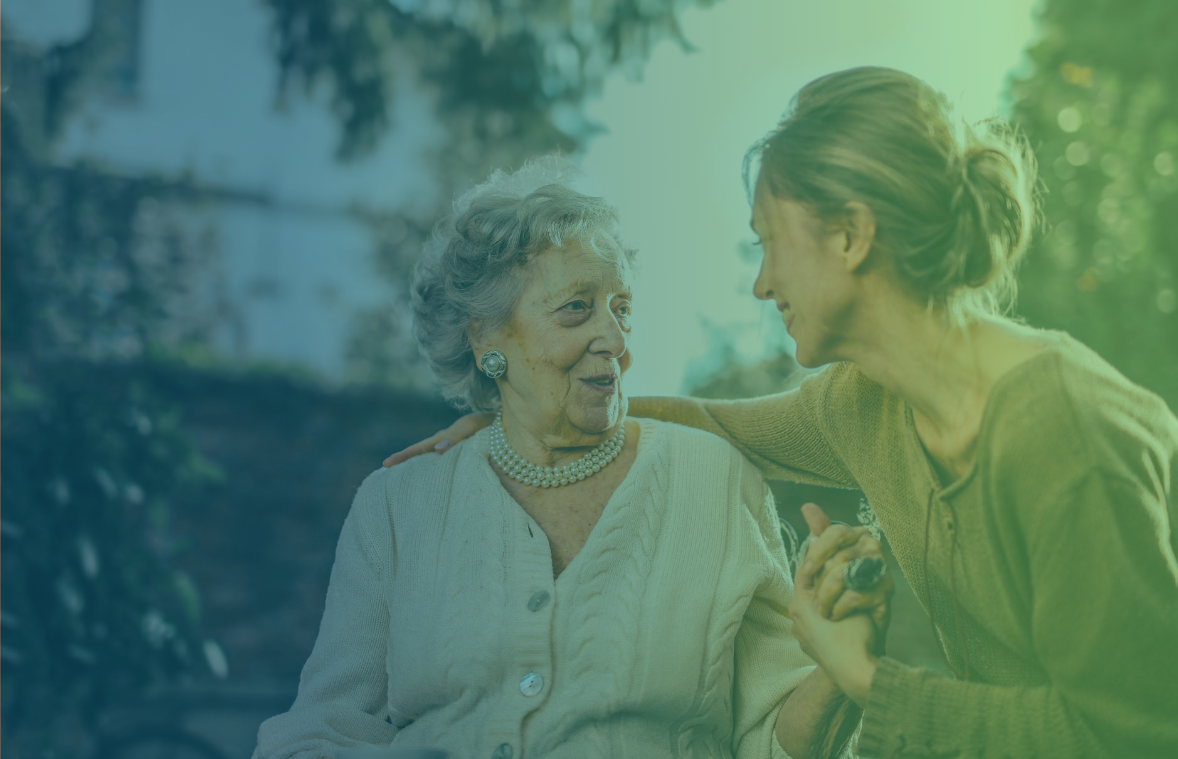
Family members and care providers of an older person might be more worried about them during hot weather, especially in the UK – where heat waves can appear suddenly and catch us by surprise.
Most of us welcome a bit of sunshine and warmer weather, but higher temperatures in the summer months can pose risks too – especially to older people, whose bodies are less efficient at regulating temperature.
Care professionals are almost certainly already aware of the key considerations for supporting older people during heatwaves, such as supporting the older person to stay properly hydrated and keeping their house cool.
Now connected care can provide an enhancement to those best practices. Using discreet intelligent sensors, connected care provides support for older people living alone during a heatwave. The sensors provide extra insights and knowledge of exactly what happens when no one else is in the house.
For care providers, connected care can act like a window into the lives of older people in their care: providing insight about what is happening in the home when that older person is alone.
What connected care can monitor during hot weather
There are three clear ways that connected care provides valuable insight that could help during a heatwave.
1. Temperature monitoring
Both the care provider dashboard and the family portal within Anthropos’ Connected Care Platform feature an “Environment” section, which shows the (regularly updated) temperature in every room that motion sensors are installed in. The system also links to the Met Office to display the local temperature in the client’s postcode.
This means that care providers and family members can be alerted if the older person’s home is particularly hot (or cold), so they can assist quickly to prevent overheating or hypothermia.
2. Health and nutrition monitoring
By combining smart plugs on the kettle and microwave with an additional sensor in the fridge, the platform can help care providers understand an older person’s hydration and nutrition patterns.
This is especially critical during a heatwave, where dehydration is one of the main risks and keeping fluid intake up is crucial.
Installing smart sensors like those mentioned above can signal where an older person isn’t drinking or eating enough and allow a carer to intervene before there is an issue.
3. Movement monitoring
Motion sensors throughout the main rooms in the house can help identify patterns of movement of the older person. By providing a visual guide to when the sensors are triggered through our client activity graph, carers can quickly see if a client has started to become inactive. This is especially important to keep an eye on during hot weather.

Demo data from the Anthropos Connected Care platform
Combining these three different aspects together gives the most valuable picture of all. We know from existing customers that it has been possible to spot older people whose houses are hot for multiple days in a row, where they are moving less and drinking less – key indicators that something could go wrong if not addressed.
Connected care is a discreet way to check in on clients without invading their privacy. During a hot summer – when older people might be more vulnerable than usual – having an overview of their routine can keep them safe, prevent the preventable from happening and bring peace of mind for family members and care providers.
Learn more about Anthropos’ technology.